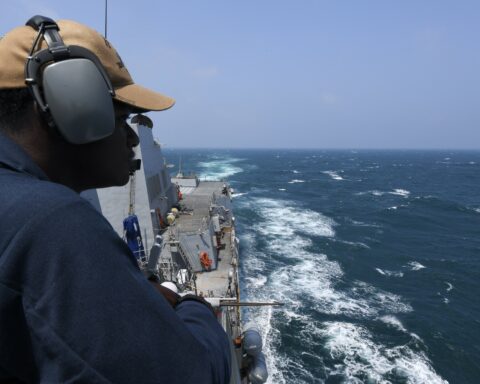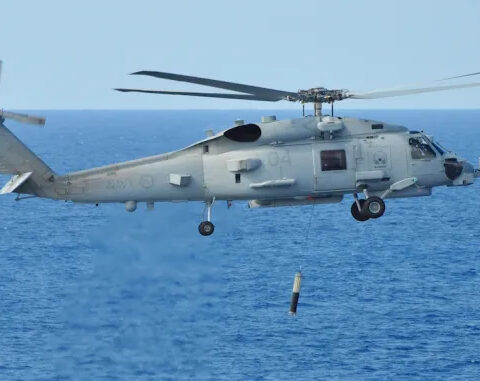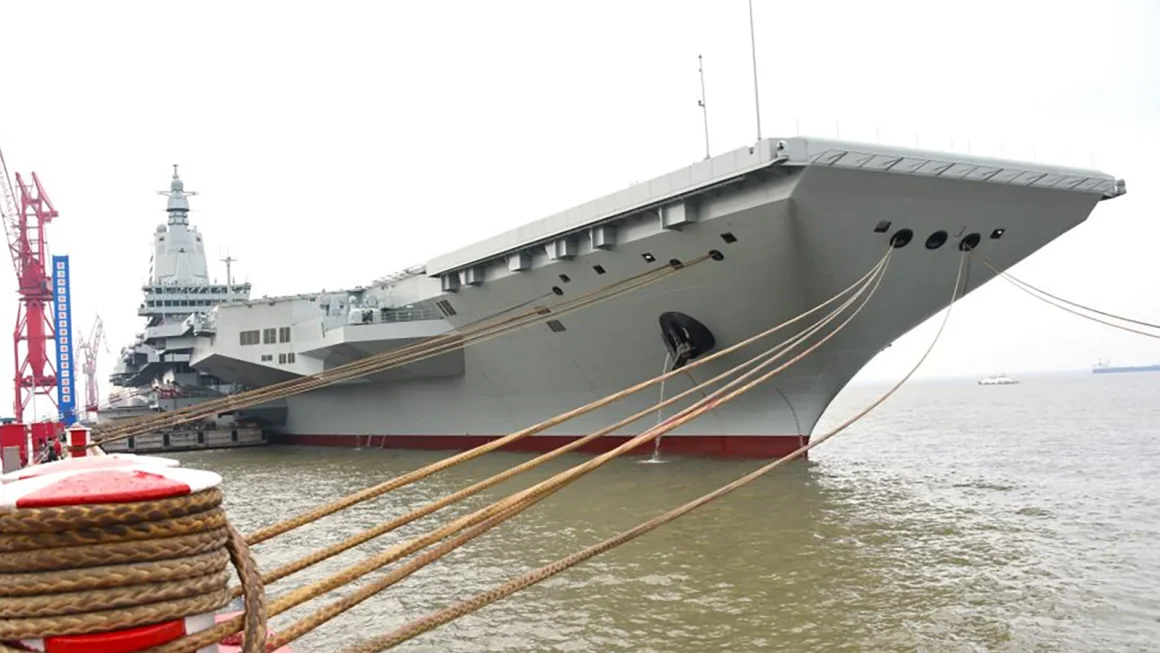
The 12th Marine Regiment will become the 12th Marine Littoral Regiment as the United States upgrades its forward-deployed forces in Japan, as part of an expansion of U.S. and Japanese security cooperation as China continues to expand its influence in the Western Pacific.
Officials from Japan and the U.S. announced the expansion following the 2023 U.S.-Japan Security Consultative Committee (“2+2”) meeting in Washington on Wednesday. The meeting between Secretary of Defense Lloyd Austin, Secretary of State Antony J. Blinken, Japanese Foreign Minister Yoshimasa Hayashi and Japanese Defense Minister Yasukazu Hamada comes after Japan announced in December a revised National Security Strategy, National Defence Strategy and intention to increase its defense spending.
The future 12th Marine Littoral Regiment will be one of three planned for the Indo-Pacific region, USNI News previously reported. The Marine Corps reorganized the 3rd Marine Regiment into the 3rd Marine Littoral Regiment in March.
“We’ve decided that the 12th Artillery Regiment would remain in Japan and be reorganized into the 12th Marine Littoral Regiment by 2025,” Austin said.
“We will equip this new formation with advanced intelligence, surveillance, and reconnaissance, as well as anti-ship and transportation capabilities that are relevant to the current and future threat environments. These posture updates adhere to the basic tenets of the 2012 realignment plan, and they will strengthen our Alliance’s ability to maintain regional peace and stability.”
Along with the 12th Marine Littoral Regiment, the 3rd Marine Division Headquarters will also remain on Okinawa rather than be relocated under the 2012 Defense Policy Review Initiative Realignment Plan.
The decision to keep the 3rd Marine Division Headquarters on Okinawa was a reaction to the increasingly severe security environment, Hamada said. The Japanese defense chief added that both the U.S. and Japan will work on mitigating the effect of the military presence in Okinawa and obtaining the buy-in from the local community.
Japan’s efforts to increase its military presence and facilities around its southwestern islands has previously faced opposition from the local population. China’s activities around the area, particularly around the disputed Senkaku Islands administered by Japan and claimed by China and Taiwan, resulted in increased support among the population there for the military build-up.
A Marine Corps release stated that the service remains committed to the basic tenets of the 2012 Defense Policy Review Initiative Realignment Plan, which includes the relocation of approximately 9,000 Marines and their families from Okinawa to commence in 2024.
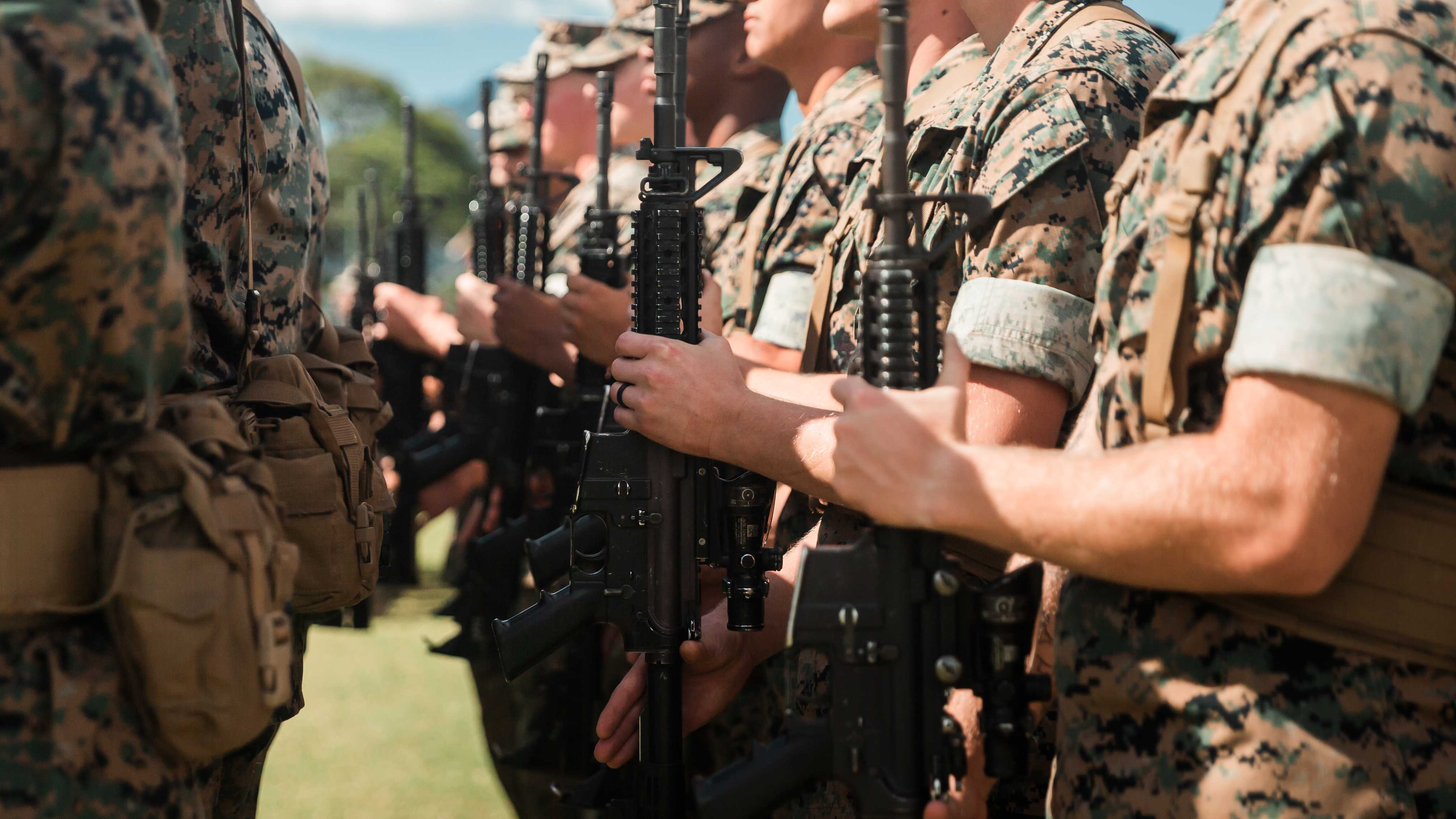
“This week’s announcement does not impact previous sites addressed in land return agreements,” according to the release, which added that no new units will be added to Okinawa under the agreement.
Units identified to remain in Okinawa per the previous agreement will be strategically dispersed throughout the Indo-Pacific Theater, with Guam to serve as an important logistics hub in the future
“The Marine Corps will continue to maintain a persistent presence to bolster deterrence and improve and expand our network of allies and partners in the Indo-Pacific,” Gen. David Berger, commandant of the Marine Corps, said in the release, “Our enduring and undivided relationship with the Government of Japan is key to the development of new operational concepts that will ensure we are fully prepared to deter aggression in the region.”
The release added that 12th MLR will add to a ready and capable stand-in force in the first island chain, prepared to support the U.S-Japanese alliance, bolstering the Corps’ ability to support deterrence efforts and respond to contingencies, while the 3rd Marine Division HQ will provide command and control capabilities.
China, Russia and North Korea have caused a new era of strategic communication, according to a joint statement from the meeting. During the joint press conference, officials from both countries said the United States and Japan were united in aligning their strategies and efforts.
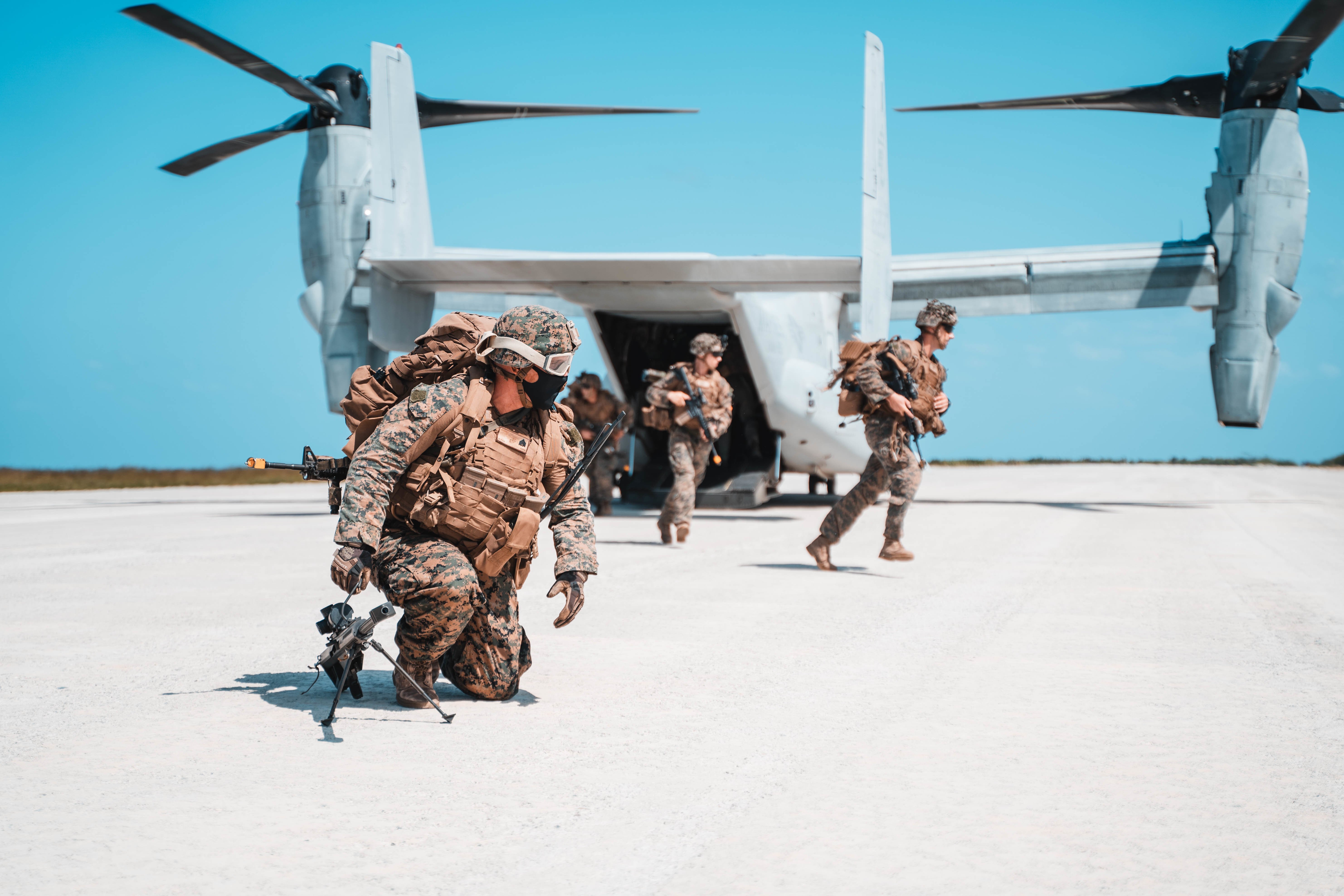
The joint statement stated that the four officials concurred that China’s foreign policy seeks to reshape the international order to its benefit. Japan and the United States, along with other members of the international community, are concerned about how China plans to employ its growing political, economic, military, and technological power.
China represents the greatest strategic challenge in the Indo-Pacific region and beyond, according to the joint statement.
The statement also said that The United States reaffirmed that Article V of the Japan-U.S. Security Treaty applies to the Senkaku Islands. North Korea was condemned for its ballistic missile launches and Russia for its war against Ukraine. Russia’s growing and provocative strategic military cooperation with China, including through joint operations and drills in the vicinity of Japan, was also of concern to the ministers.
Among other initiatives decided upon as part of the modernization of the U.S.-Japan alliance was the invocation of Article V of the Japan-U.S. Security Treaty under specific circumstances in relation to attacks to, from or within space, an increase of bilateral exercises and training in areas including Japan’s southwest islands and deepening bilateral cooperation toward the effective employment of Japan’s counterstrike capabilities in close coordination with the United States.
Increased training and exercises along with further expanding cooperation with Australia and the Republic of Korea is also targeted, according to the joint statement.
The ministers welcomed the establishment of the Composite Watercraft Company at Yokohama North Dock, scheduled in 2023, which will further strengthen alliance maritime mobility in Japan, according to the statement. Technological research and industrial cooperation will be further expanded with Austin and Hamada expected to sign new agreements on such during their meeting on Thursday.
On Wednesday, as well, the prime ministers of Japan and the United Kingdom signed a Reciprocal Access Agreement (RAA) for both countries in London, allowing the U.K. and Japan to simplify procedures for the deployment of forces in both countries.
The U.K. has been conducting significant activities with Japan in recent years, most notably the deployment to Japan of the Queen Elizabeth Carrier Strike Group (CSG) 21 in 2021, and recently, members of the U.K.’s 16th Air Assault Brigade, together with paratroopers from the U.S 11th and 82nd Airborne Divisions, Japan’s 1st Airborne Brigade and the Australian Defence Force Parachuting School, conducted the multilateral New Year’s Friendship Parachute Jump exercise on Sunday at Camp Narashino in Chiba, Japan.
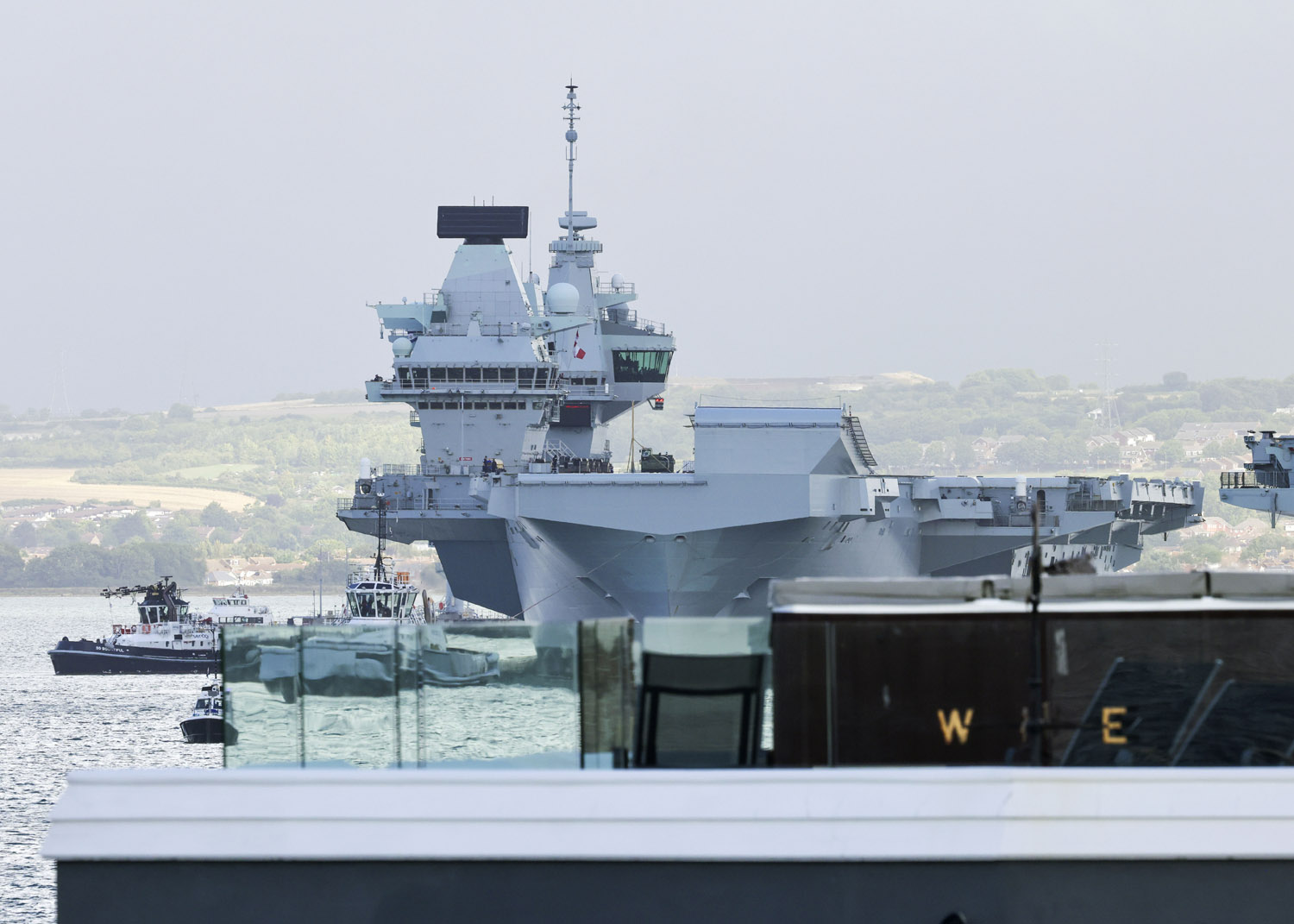
Both the UK offshore patrol vessels deployed to the Indo-Pacific, HMS Tamar (P233) and HMS Spey (P234) have conducted visits to Japan in 2022, as well, through the course of their deployment.
“The international security environment is becoming more severe in various parts of the world, as the international order that has been established is challenged by Russia’s aggression against Ukraine and attempts to unilaterally change the status quo by force in the East and South China Seas,” according to a Japanese Foreign Ministry release on the RAA signing. “Against this backdrop, the Japan-U.K. security and defense cooperation will be lifted to new heights and the movement toward the realization of a ‘free and open Indo-Pacific’ will be further enhanced by the signing of this important security agreement between Japan and the U.K., each other’s closest security partners in Asia and Europe.”
The release noted that the U.K. was the second country after Australia to sign an RAA with Japan.
A U.K. release stated that the RAA would be put forth at their respective parliaments for ratification in the coming weeks.



